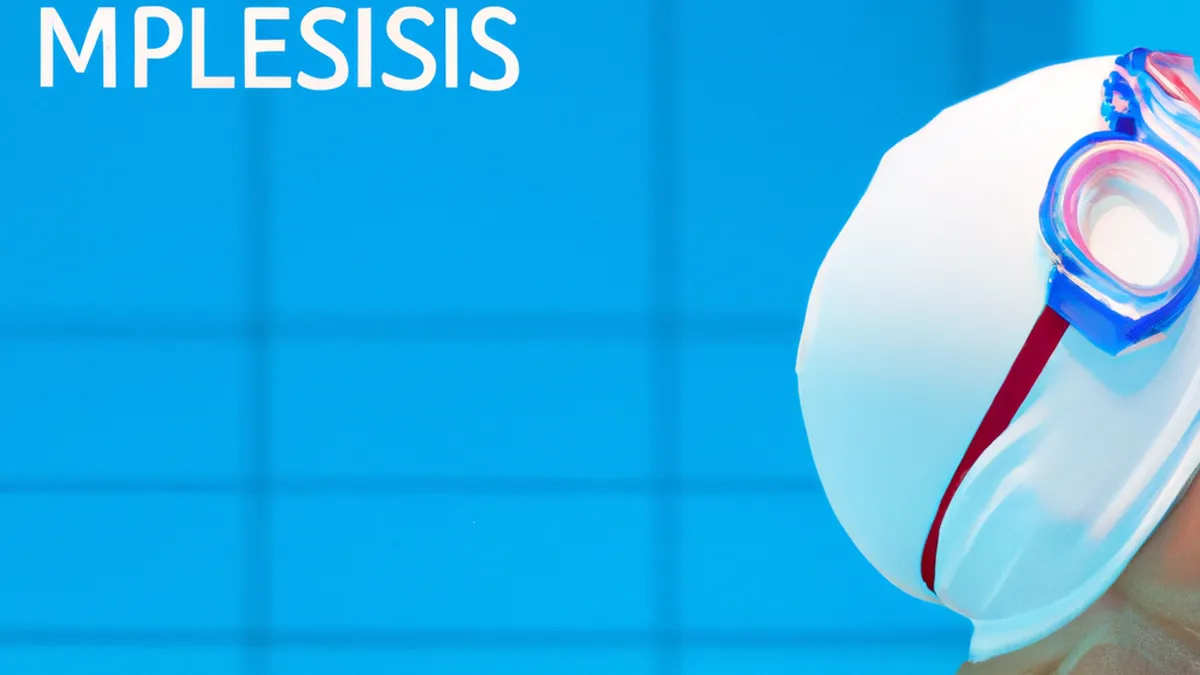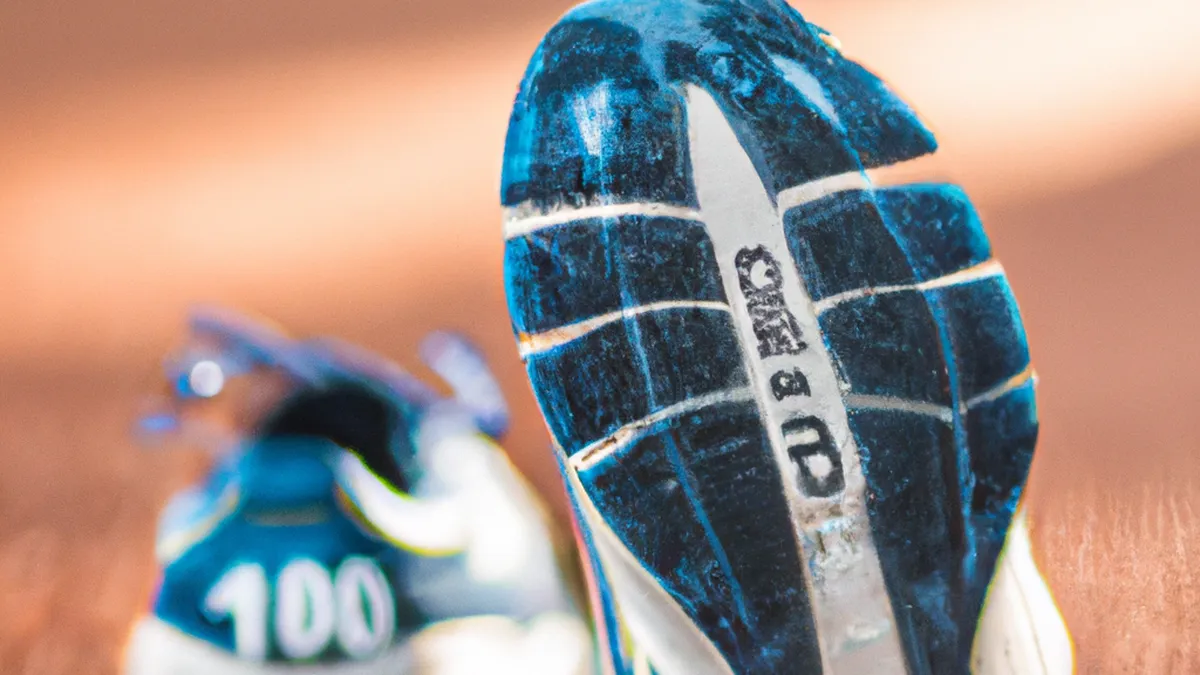Straighten Up: Rowing Form Essentials
Correcting Rowing Posture for Optimal PerformanceRowing demands strength and proper technique. Correct posture significantly impacts your performance. Rowing with the right posture maximizes efficiency and reduces injury risk. This blog post offers tips for correcting your rowing posture and highlights the benefits of good posture.
Understanding the Basics of Rowing Posture
Before we begin, let’s define good rowing posture. Proper posture aligns your head, spine, and limbs. Your body should form a straight line from head to hips. Keep your shoulders relaxed and your back flat. This alignment allows your muscles to function efficiently.
Key Elements of Good Posture
1. **Head Position**: Maintain your head in line with your spine. Avoid tilting it forward or backward. A neutral head position enhances balance.2. **Shoulder Alignment**: Keep your shoulders down and back, avoiding a hunched position. This alignment opens your chest and improves breathing.3. **Core Engagement**: Engage your core muscles during the rowing motion. A strong core provides stability and power.4. **Leg and Foot Placement**: Position your feet flat on the foot stretchers. Align your knees with your toes as you drive through your legs.
Tips for Correcting Rowing Posture
As an Amazon Associate I earn from qualifying purchases.
Gear tip: consider resistance bands, rower gloves, and seat pad to support this topic.
Now that you understand the basics, let’s explore practical tips for correcting your posture. Implementing these suggestions can lead to immediate improvements.
1. Use a Mirror or Video
Consider using a mirror or recording yourself. Observing your technique helps you spot flaws. Focus on your head, shoulders, and back. This visual feedback aids in making adjustments.
2. Focus on Your Breathing
Pay attention to your breathing. Inhale deeply as you prepare for the stroke. Exhale during the drive. Proper breathing maintains rhythm and supports good posture.
3. Perform Stretching Exercises
Incorporate stretching exercises into your routine. Stretch your hip flexors, hamstrings, and shoulders. Flexible muscles facilitate a natural rowing motion. Additionally, stretching helps prevent injuries.
4. Practice with Resistance Bands
Use resistance bands for strength training. These bands simulate the rowing motion and help build necessary muscles. Practice the correct form without being on the water.
Advice for Maintaining Good Posture
Maintaining good posture requires awareness throughout your rowing sessions. Here are some additional tips.
1. Set Reminders
Set reminders to check your posture. Whether on the water or at the gym, a quick self-check makes a difference. Use a timer or app to prompt adjustments.
2. Work with a Coach
Consider working with a coach. A trained professional offers personalized feedback and helps you develop a tailored training plan.
3. Stay Consistent
Consistency is essential. Regular practice helps your body adapt to the correct posture. Over time, good posture becomes second nature. Focus on your form every time you row.
Benefits of Correct Rowing Posture
Correcting your rowing posture provides numerous benefits. First, it enhances your performance. Proper alignment allows you to generate more power with each stroke, improving speed and endurance.Additionally, good posture reduces injury risk. Poor alignment strains muscles and joints. Maintaining the right form minimizes these risks, allowing you to train longer and harder without discomfort.Finally, good posture promotes overall health. Rowing engages multiple muscle groups and improves cardiovascular fitness. Rowing correctly maximizes these benefits, enhancing your physical condition and well-being.
Conclusion
Correcting your rowing posture is crucial for optimal performance. By understanding the basics, applying practical tips, and remaining consistent, you can achieve significant improvements. The benefits extend beyond better times; you’ll enjoy reduced injury risk and enhanced health. Focus on your posture; your body will thank you, and your rowing will improve. Remember, good technique forms the foundation of success in rowing!
Below are related products based on this post:
FAQ
What is good rowing posture?
Good rowing posture involves aligning your head, spine, and limbs to form a straight line from head to hips. Keeping your shoulders relaxed and your back flat allows your muscles to function efficiently and maximizes your performance.
How can I correct my rowing posture?
You can correct your rowing posture by using a mirror or recording yourself to observe your technique. Additionally, focusing on your breathing and incorporating stretching exercises into your routine can help improve your alignment and overall performance.
What are the benefits of maintaining good rowing posture?
Maintaining good rowing posture enhances your performance by allowing you to generate more power with each stroke, which improves your speed and endurance. It also reduces the risk of injuries associated with poor alignment and promotes overall health by engaging multiple muscle groups effectively.















Post Comment